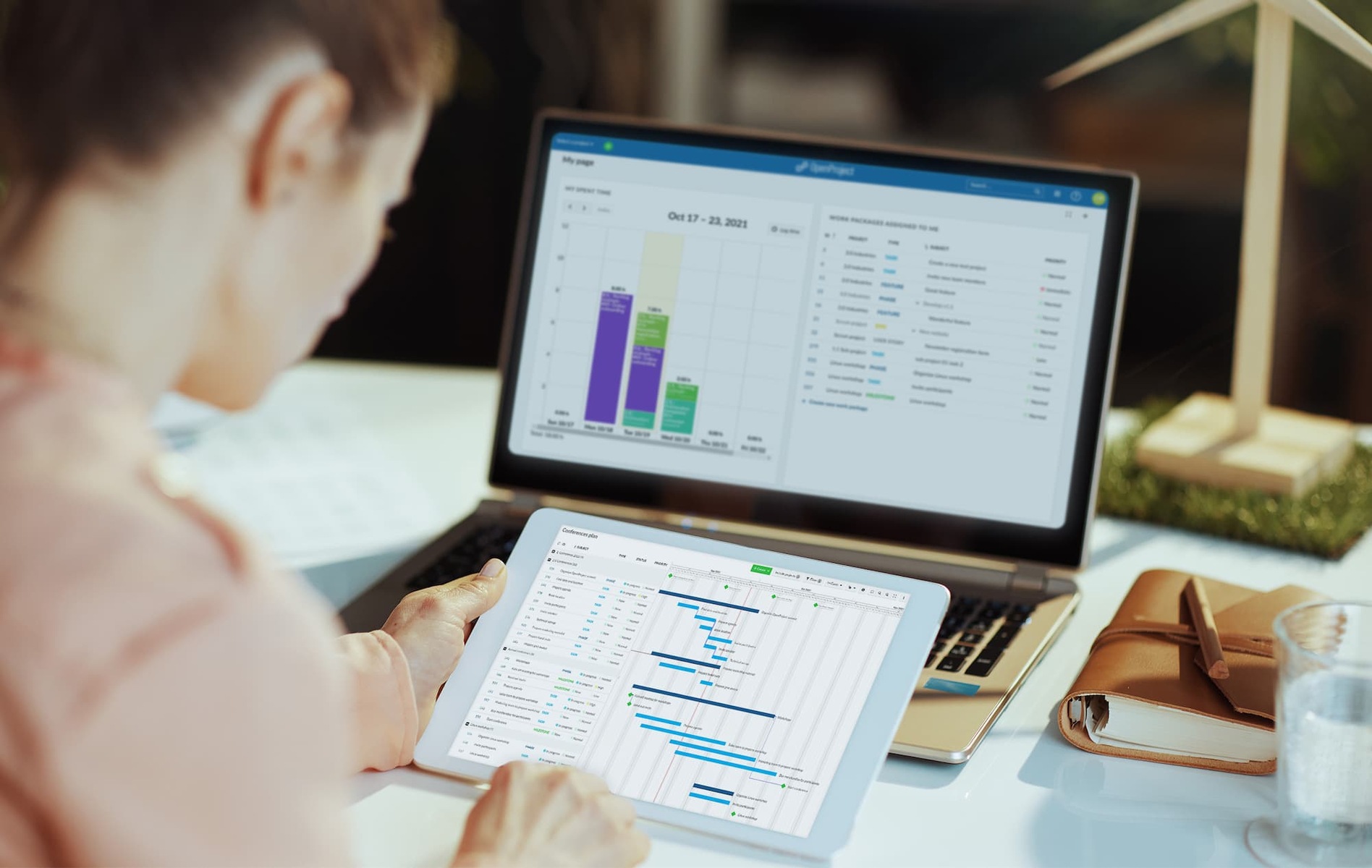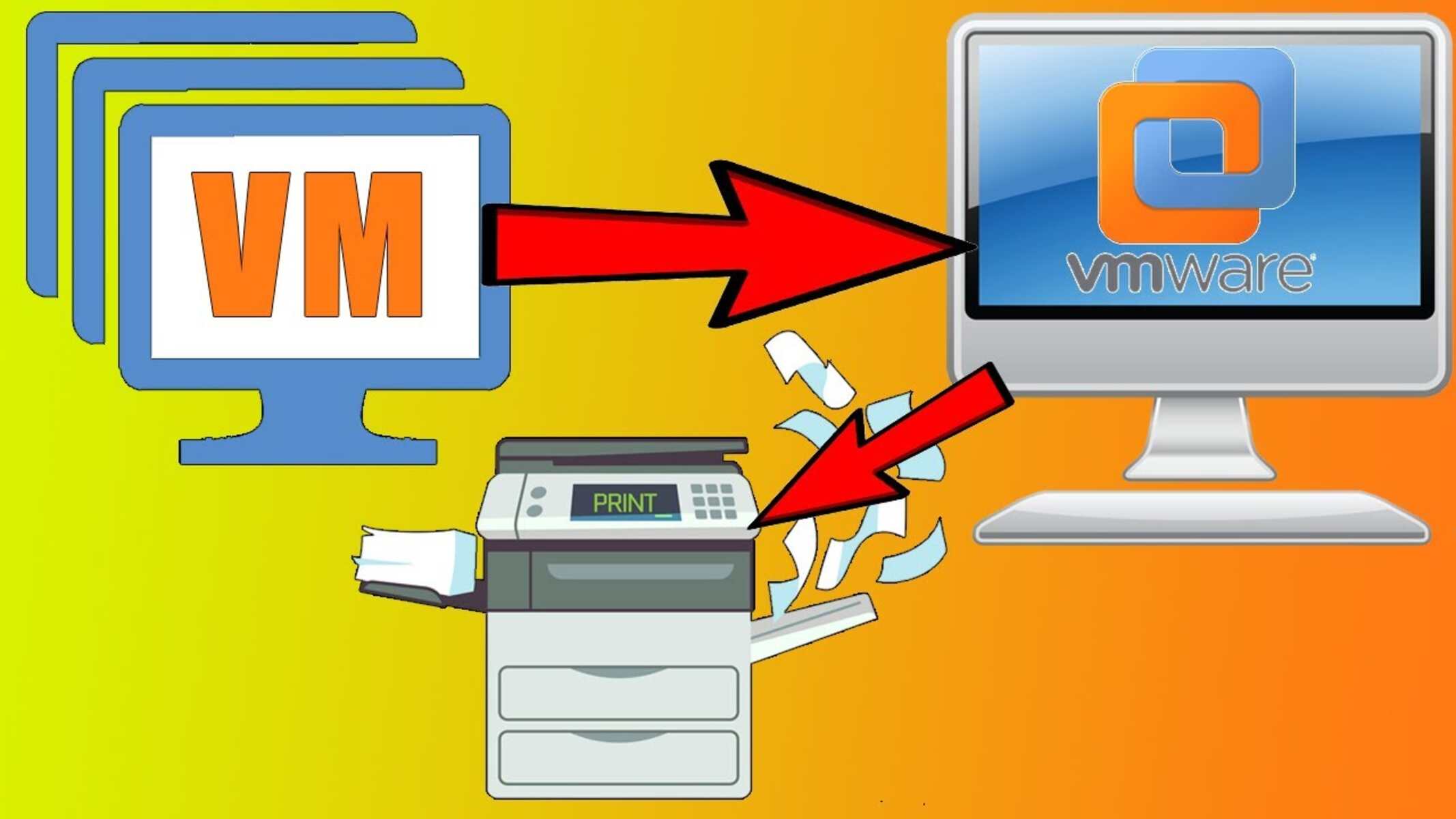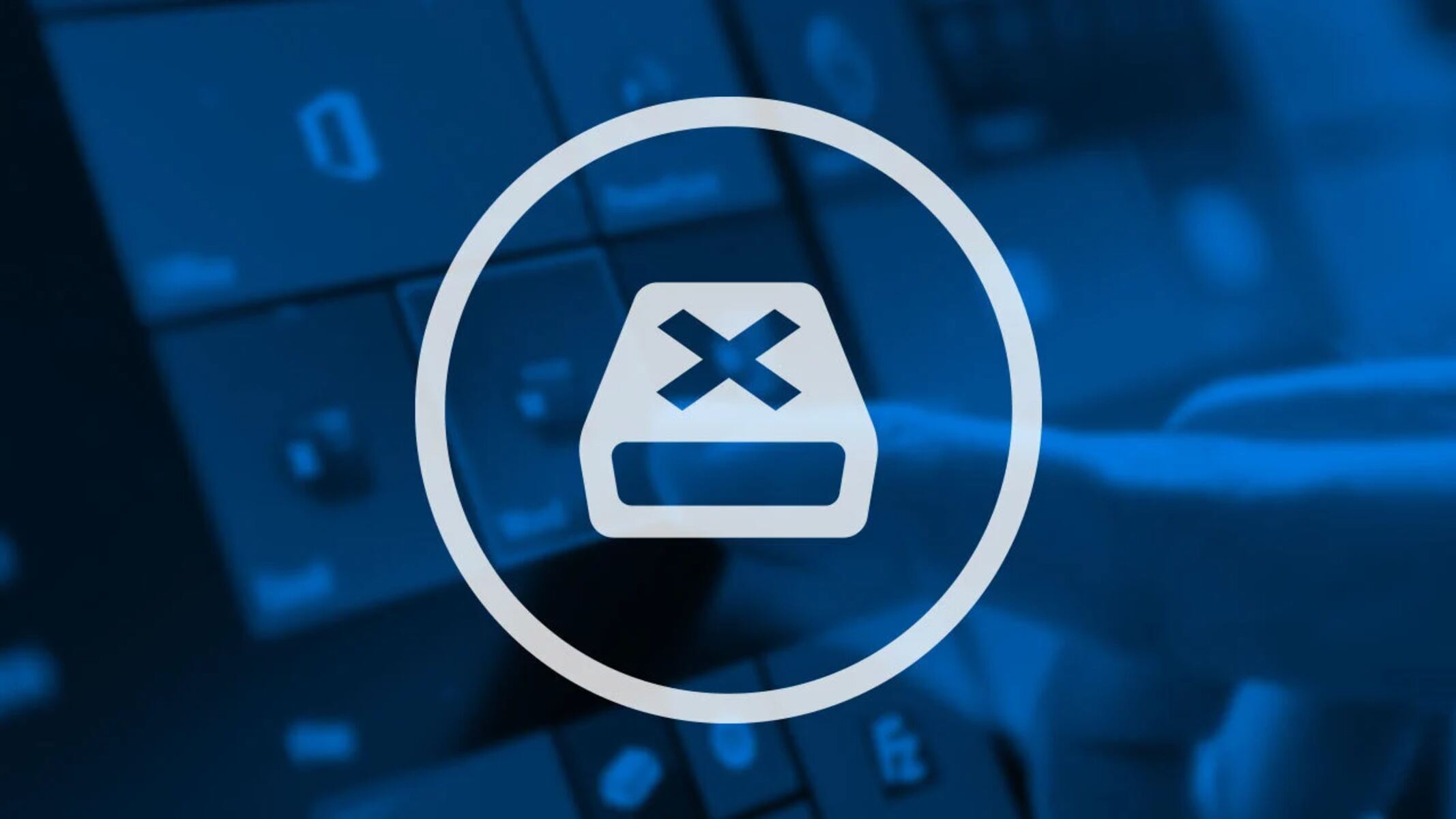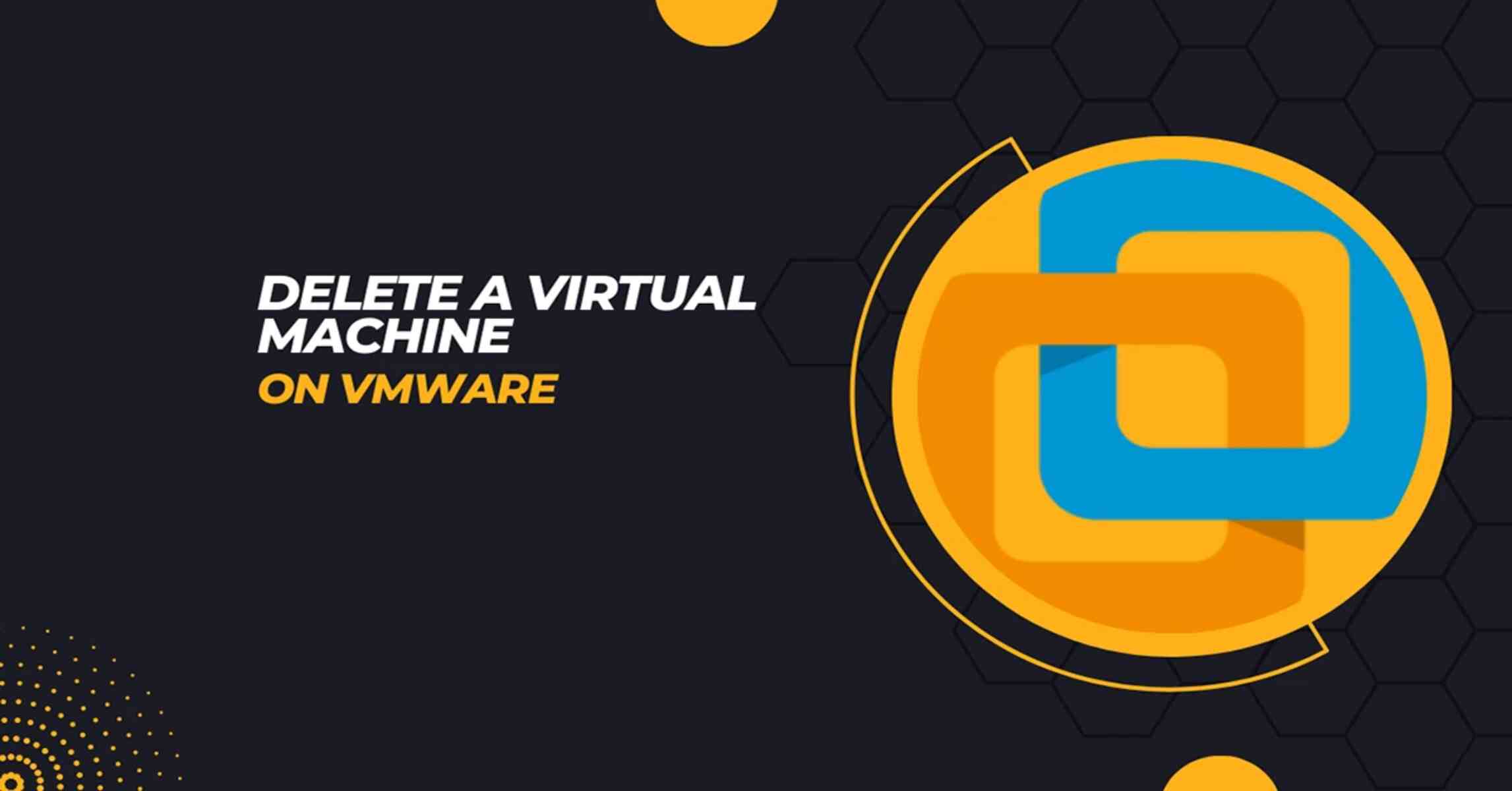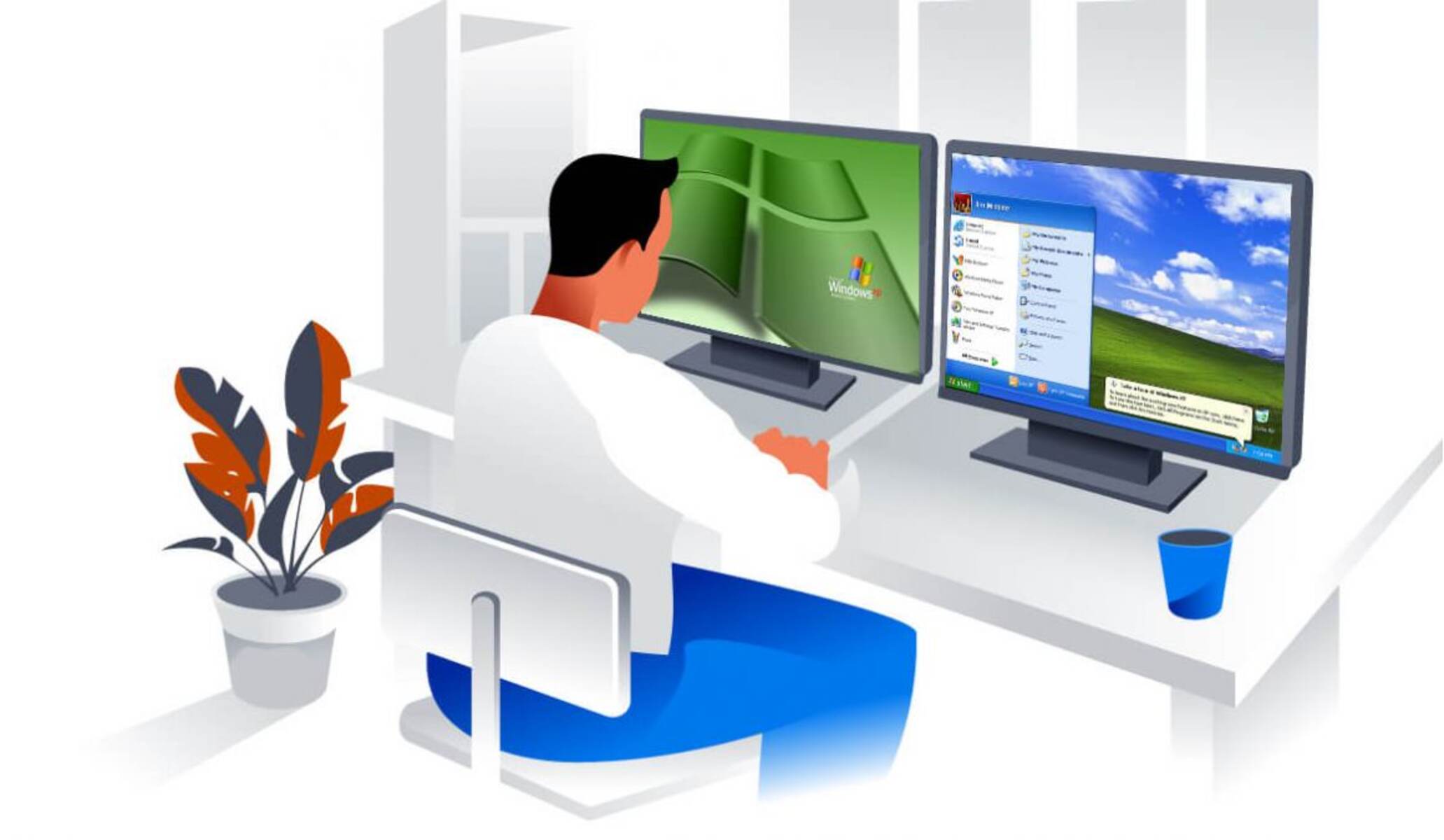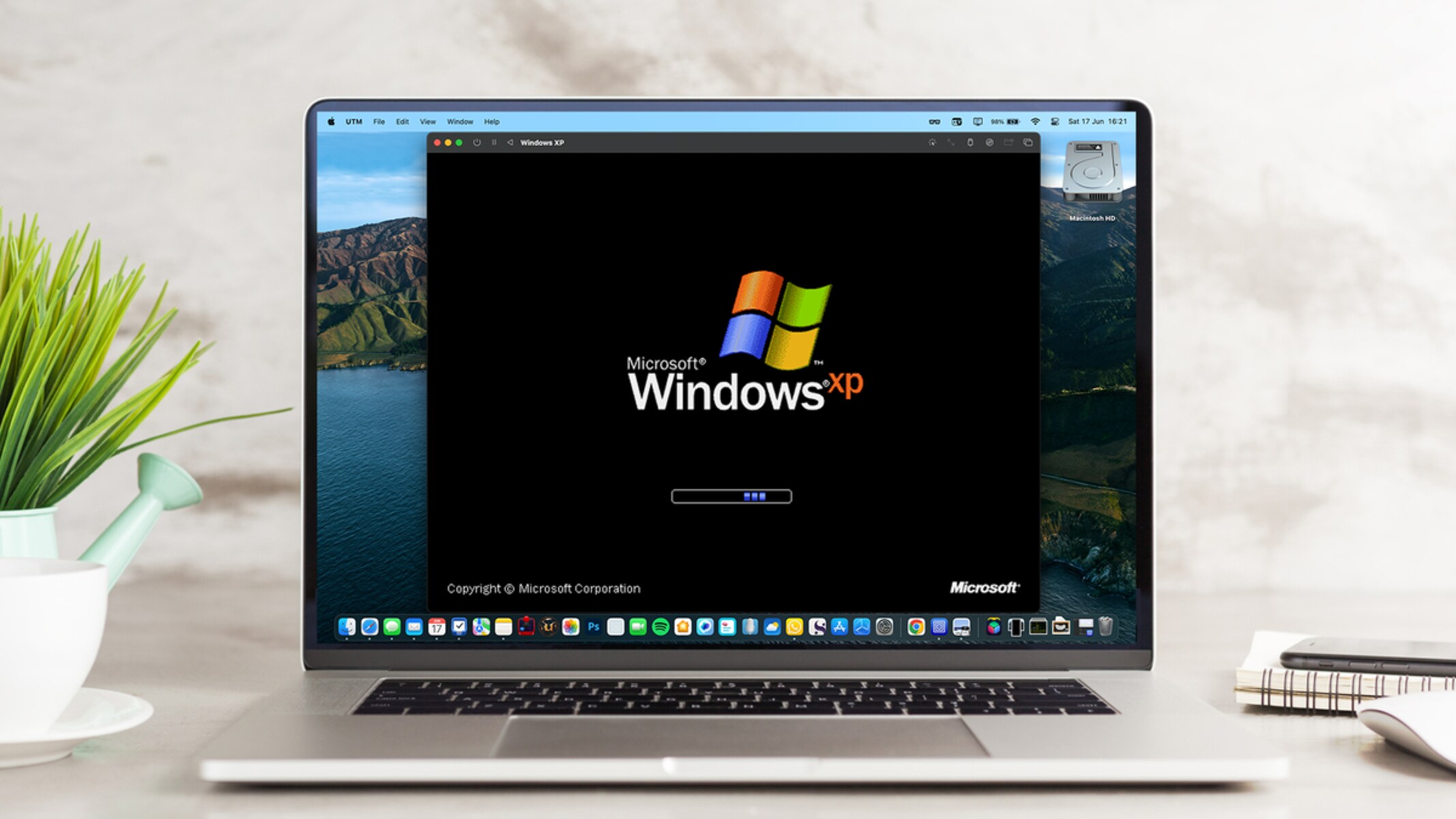Introduction
Welcome to the world of efficient workflow management! In a fast-paced digital era, it is vital to have a clear insight into the programs running on each workstation in your network. Whether you are an IT professional, a system administrator, or just curious about the technical aspects of your network, being able to see which programs are open on each workstation is essential for troubleshooting, monitoring system performance, and ensuring optimal productivity.
Understanding the current state of each workstation can provide valuable insights into the usage patterns, resource allocation, and potential software conflicts that may affect the overall network’s functionality. By having a real-time view of the open programs, you can streamline workflows, improve security protocols, and identify any issues that require immediate attention.
However, with the plethora of workstations and operating systems available today, it can be challenging to find a universal method to view open programs. Don’t worry, though – we’ve got you covered. In this article, we will explore different methods to help you see which programs are running on each workstation in your network.
By using these methods, you’ll gain the ability to monitor and manage the software landscape, optimize processes, and keep everything running smoothly. So, let’s dive in and explore the various tools and techniques at your disposal!
Understanding Workstations
Before we delve into the methods of viewing open programs on workstations, it’s important to have a clear understanding of what exactly a workstation is. In the context of computer networks, a workstation refers to a computer system used by an individual user for everyday tasks, such as word processing, web browsing, and running various software applications.
Workstations typically have their own operating systems, storage, and processing capabilities. They are connected to a network and can communicate with other devices, such as servers or printers. In a business or organizational setting, workstations are commonly used by employees to perform their job responsibilities efficiently.
Each workstation can have multiple programs running simultaneously, depending on the user’s needs and preferences. These programs can range from productivity tools like word processors and spreadsheet software to specialized applications specific to an industry or profession.
Workstations are often configured with specific software to meet the requirements of a particular job role or department. For example, a graphic designer might have design software such as Adobe Photoshop or Illustrator, while an accountant may use accounting software like QuickBooks or Excel. It’s crucial to have visibility into the open programs on each workstation to ensure that essential software is running smoothly and efficiently.
Additionally, understanding the software landscape on workstations can help identify potential conflicts or compatibility issues. Certain programs may consume excessive resources, causing the workstation to slow down or experience performance issues. By monitoring the open programs, you can track resource usage and optimize system performance.
Furthermore, visibility into the programs running on workstations is crucial for ensuring data security and compliance. Unauthorized software installations or open programs that shouldn’t be running can pose significant risks to the network’s security posture. Identifying and addressing these issues promptly can mitigate potential vulnerabilities and safeguard sensitive information.
Now that we have a solid understanding of workstations and their significance in a network environment, let’s explore various methods to view the open programs on these workstations.
Methods to View Open Programs on Workstations
When it comes to viewing open programs on workstations, there are several methods and tools available to choose from. Each method has its own advantages and limitations, so it’s important to select the one that best fits your specific requirements. Let’s explore three commonly used methods:
- Task Manager: The built-in Task Manager in Windows operating systems provides a quick and convenient way to view and manage open programs on a workstation. To access the Task Manager, simply press Ctrl + Shift + Esc or right-click on the taskbar and select “Task Manager”. Within the Task Manager, navigate to the “Processes” or “Applications” tab to see a list of all currently running programs on the workstation. Additional information, such as CPU and memory usage, is also available to help monitor system performance and identify resource-intensive programs. The Task Manager is an excellent option for individual workstations or small networks with Windows-based systems.
- Remote Desktop Software: Remote desktop software, such as TeamViewer or Chrome Remote Desktop, allows you to access and control workstations remotely. This method is particularly useful when managing multiple workstations spread across different locations. By connecting to a remote workstation, you can view the desktop screen and observe the open programs in real-time. This method offers the advantage of remote troubleshooting, enabling you to identify and address any issues without physically being present at the workstation. Remote desktop software is an effective option for remote IT support teams or system administrators overseeing large networks.
- IT Management Tools: Dedicated IT management tools, like Spiceworks or ManageEngine, offer comprehensive network monitoring and inventory management functionalities. These tools provide a centralized dashboard that displays information about each workstation in the network, including the open programs. Through these tools, you can remotely view the software landscape on each workstation, monitor performance metrics, and identify any potential issues or vulnerabilities. IT management tools are suitable for medium to large-sized networks, where a holistic view of the entire system is necessary.
Remember, while these methods offer efficient ways to view open programs on workstations, it’s essential to follow appropriate security protocols and obtain proper authorization before accessing or monitoring any system.
Now that we have explored these methods, you can choose the one that aligns with your network infrastructure and monitoring requirements. By implementing the appropriate method, you can gain valuable insights into the software landscape on each workstation and ensure smooth operations across your network.
Task Manager
The Task Manager is a built-in utility in Windows operating systems that provides a convenient and straightforward method to view and manage open programs on a workstation. Whether you need to monitor system performance or troubleshoot issues related to specific applications, the Task Manager is your go-to tool.
To access the Task Manager, simply press Ctrl + Shift + Esc or right-click on the taskbar and select “Task Manager” from the context menu. Once opened, you’ll see several tabs, including “Processes” and “Applications”, that provide valuable information about the programs running on the workstation.
In the “Processes” tab, you can find a comprehensive list of all active processes on the workstation. This includes background processes, system services, and programs. The list displays details such as the name of the process, its ID, CPU usage, memory consumption, and more. By sorting the list based on CPU or memory usage, you can quickly identify resource-intensive processes that may be causing performance issues.
The “Applications” tab in the Task Manager provides a user-friendly view of all the currently open programs. This includes both applications with visible windows and those running in the background. You can see the name of the application, its status, and the username associated with it. This tab is particularly useful when you want to see a high-level overview of the active programs without delving into the technical details.
In addition to viewing the open programs, the Task Manager also allows you to manage them. Right-clicking on a program will display options to end the process, open the file location, or search for information about the program online. Ending a process is useful when a program becomes unresponsive or is causing system instability. However, exercise caution while terminating processes, as abruptly ending critical system services or essential programs can lead to system crashes or data loss.
Overall, the Task Manager provides a quick and effective way to view and manage open programs on a workstation. It offers valuable insights into system performance and resource utilization, facilitating efficient troubleshooting and optimization. Whether you’re an IT professional or an individual user, mastering the Task Manager is essential for effectively managing your Windows workstation.
Remote Desktop Software
Remote desktop software is a powerful tool that allows you to access and control workstations remotely. It provides a convenient way to view the desktop screen of a workstation from a different location, making it an excellent method for observing open programs.
There are several remote desktop software options available, with popular choices including TeamViewer, Chrome Remote Desktop, and Microsoft Remote Desktop. These tools typically require installation and configuration on both the host workstation and the remote device from which you will be accessing it.
Once the remote desktop software is set up, you can establish a connection to the host workstation using the provided credentials or access code. The remote desktop software will then display the desktop screen of the remote workstation on your device. This allows you to see the exact same screen as if you were physically sitting in front of the workstation.
By remotely accessing a workstation, you can view the open programs in real-time. This is useful for monitoring the activities and usage patterns of individual users or troubleshooting specific issues related to certain applications. Whether you’re an IT support professional assisting a remote colleague or a system administrator overseeing multiple workstations, remote desktop software simplifies the process of viewing open programs.
In addition to observing open programs, remote desktop software often provides additional features and functionality. This can include file transfer capabilities, remote printing, and the ability to control the workstation remotely. These features enhance collaboration and enable you to provide assistance or perform administrative tasks on the remote machine.
It’s worth noting that remote desktop software requires proper security measures to protect the privacy and confidentiality of data. Ensure that you are using encrypted connections and adhere to best practices for securing remote access. Additionally, always obtain proper authorization before accessing someone else’s workstation or monitoring their activities remotely.
Overall, remote desktop software offers a flexible and powerful solution for viewing open programs on workstations remotely. It simplifies troubleshooting, collaboration, and system administration tasks, making it a valuable tool for IT professionals and individuals managing multiple workstations or providing remote support.
IT Management Tools
For medium to large-sized networks, dedicated IT management tools can provide comprehensive network monitoring and inventory management functionalities. These tools offer a centralized dashboard that displays information about each workstation, including the open programs running on them. This method is particularly useful when you need a holistic view of your network’s software landscape.
IT management tools, such as Spiceworks, ManageEngine, or Lansweeper, typically require installation on a centralized server or workstation within the network. Once configured, these tools scan and collect information about the workstations, including hardware specifications, installed software, and currently running programs.
By accessing the IT management tool’s web-based or desktop interface, you can navigate through the network inventory and find detailed information about each workstation. This includes a list of open programs, associated users, version details, and other relevant data.
One of the significant advantages of IT management tools is the ability to monitor the network’s overall performance and health. These tools provide real-time insights into system resources, such as CPU and memory utilization, network bandwidth, and storage capacity. This information can help identify resource bottlenecks and ensure optimal performance across the network.
In addition to the monitoring functionality, IT management tools often offer remote management capabilities. This allows you to perform administrative tasks on workstations remotely, such as installing software updates, monitoring software licenses, or managing security configurations.
IT management tools also simplify asset management by providing a centralized repository of software and hardware information. Keeping track of software licenses, version numbers, and patches becomes more efficient, enabling you to ensure compliance and up-to-date software deployments.
However, it’s important to note that IT management tools are typically more comprehensive and feature-rich compared to other methods of viewing open programs. They require time and resources for installation, configuration, and ongoing maintenance. Therefore, they are better suited for network environments with a larger number of workstations or when extensive monitoring and management capabilities are required.
Overall, IT management tools provide a centralized and comprehensive solution for viewing open programs on workstations within a network. They offer a range of features beyond program monitoring, making them an essential asset for network administrators and IT teams responsible for managing larger networks and ensuring efficient operations.
Conclusion
Gaining visibility into the programs running on each workstation in your network is crucial for troubleshooting, optimizing performance, and ensuring a productive workflow. Whether you choose to utilize the built-in Task Manager, remote desktop software, or dedicated IT management tools, these methods provide effective ways to view open programs and manage workstations.
The Task Manager, readily available on Windows operating systems, offers a user-friendly interface to monitor and manage processes and applications on individual workstations. It is a convenient option for small networks or individual users looking to quickly assess the software landscape.
For remote monitoring and management, remote desktop software such as TeamViewer, Chrome Remote Desktop, or Microsoft Remote Desktop allows you to view open programs on workstations from anywhere. It is particularly useful for IT support teams, system administrators, or individuals managing multiple workstations across different locations.
For larger networks and advanced management capabilities, dedicated IT management tools like Spiceworks, ManageEngine, or Lansweeper provide a centralized dashboard to view open programs, monitor performance, and simplify network management tasks. These tools are ideal for medium to large-sized networks where a comprehensive inventory management system is required.
Remember, while monitoring open programs can greatly improve your network management capabilities, it’s essential to prioritize security. Always follow proper authorization procedures and implement secure connections to protect sensitive data.
By choosing the method that best aligns with your network infrastructure and management requirements, you can effectively monitor open programs, optimize resource allocation, and ensure a smooth workflow across your workstations.







